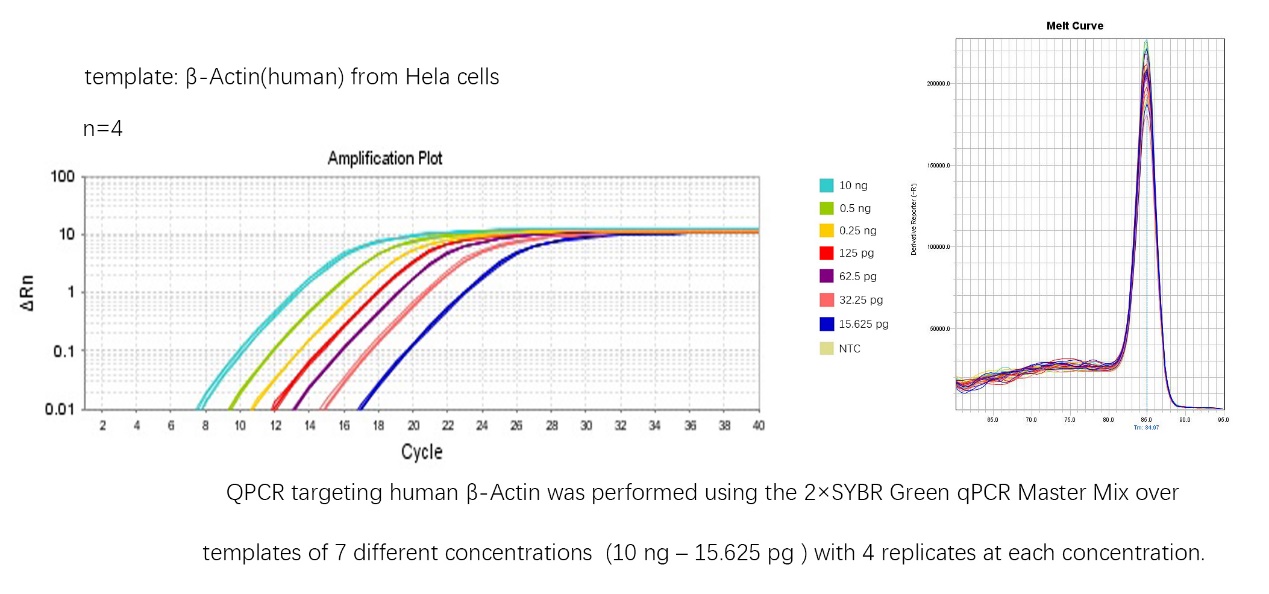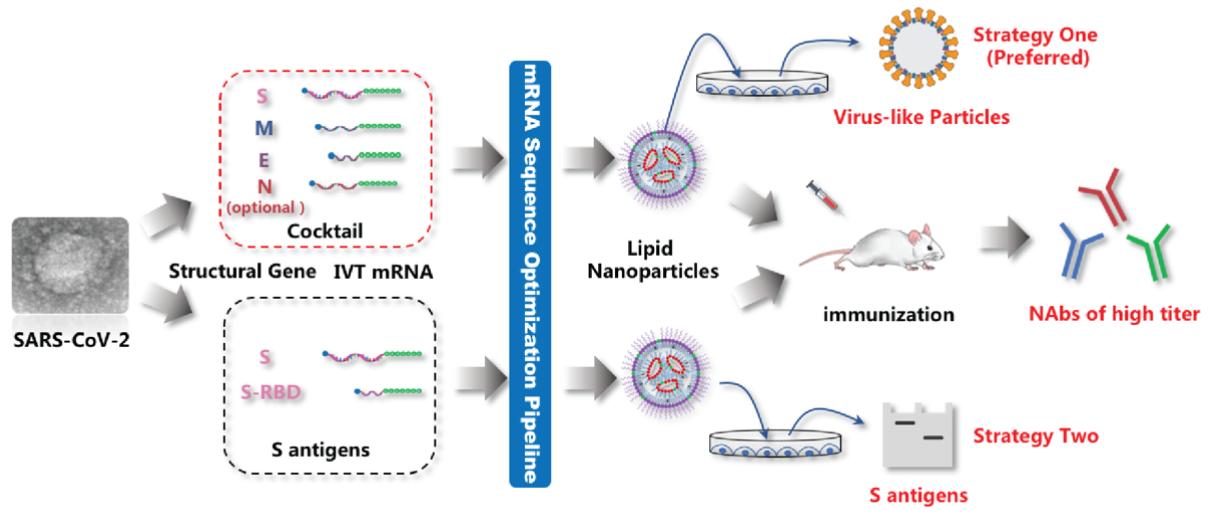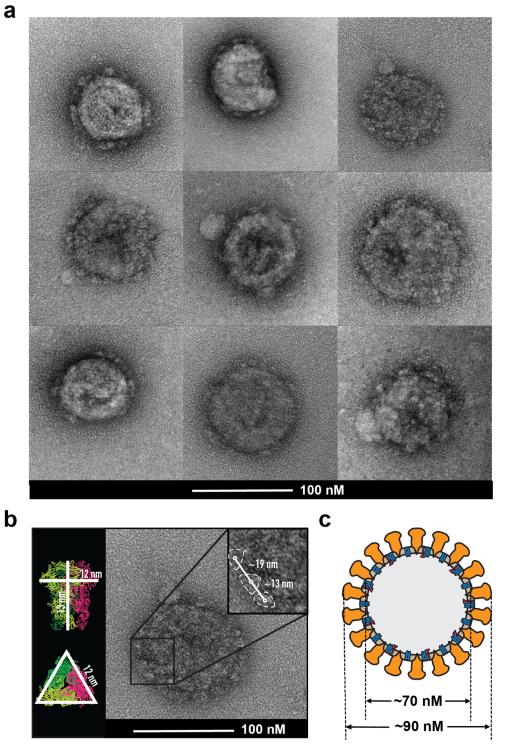| Catalog No. |
Product |
Description |
References |
| B4874 |
Hydroxychloroquine Sulfate |
Hydroxychloroquine Sulfate is a synthetic quinine derivative commonly used as an antimalarial drug. It is also useful in managing systemic lupus erythematosus, rheumatoid arthritis, and other diseases. Also acts as an inhibitor of autophagy and toll-like receptor 7/9(TLR7/9). |
Hydroxychloroquine and azithromycin as a treatment of COVID-19: results of an open-label non-randomized clinical trial |
| A1933 |
Carfilzomib (PR-171) |
An epoxomicin derivate with potential antineoplastic activity. It irreversibly binds to and inhibits the chymotrypsin-like activity of the 20S proteasome, an enzyme responsible for degrading a large variety of cellular proteins. |
Hydroxychloroquine and azithromycin as a treatment of COVID-19: results of an open-label non-randomized clinical trial |
| B4950 |
Darunavir Ethanolate |
Darunavir Ethanolate is a human immunodeficiency virus (HIV) protease inhibitor. |
Many drugs already approved by FDA may have promise against COVID-19 |
| B2285 |
Daunorubicin HCl |
Daunorubicin HCl is an inhibitor of DNA topoisomerase II. Daunorubicin is an anthracycline antibiotic. it can affect the metabolism and synthesis of DNA and RNA. |
Many drugs already approved by FDA may have promise against COVID-19 |
| A8628 |
Chloroquine diphosphate |
Chloroquine diphosphate is used as an antimalarial drug and also functions to increase sensitivity of tumor cells to radiation and chemotherapy via inducing autophagy. |
Remdesivir and chloroquine effectively inhibit the recently emerged novel coronavirus (2019-nCoV) in vitro |
| B8398 |
Remdesivir (GS-5734) |
Remdesivir (GS-5734) is an antiviral nucleoside analogue that inhibits murine hepatitis virus (MHV) with similar EC50 as SARS-CoV and MERS-CoV. |
Remdesivir and chloroquine effectively inhibit the recently emerged novel coronavirus (2019-nCoV) in vitro |
| A8504 |
Pitavastatin Calcium |
Pitavastatin Calcium is a competitive inhibitor of the enzyme HMGCR (HMG-CoA reductase) results in a reduction in LDL cholesterol synthesis. |
Potential COVID-2019 3C-like Protease Inhibitors Designed Using Generative Deep Learning Approaches |
| A8458 |
Lamivudine |
Lamivudine, a nucleoside analog, is a potent reverse transcriptase inhibitor, with IC50 value of 0.316 µM against human immunodeficiency virus type 1 (HIV-1). |
COVID-19 Registered Trials – and analysis |
| A8204 |
Lopinavir |
Lopinavir (also known as ABT-378) is a highly potent inhibitor of human immunodeficiency virus (HIV) protease that potently inhibits wild-type and mutant HIV protease with inhibition constant Ki values ranging from 1.3 to 3.6 pM. |
Clinical characteristics and therapeutic procedure for four cases with 2019 novel coronavirus pneumonia receiving combined Chinese and Western medicin |
| B2114 |
Mitoxantrone HCl |
Mitoxantrone is a Topoisomerase II inhibitor, an anti-neoplastic drug for leukemia and other types of cancer, and a proven drug for multiple sclerosis. |
Many drugs already approved by FDA may have promise against COVID-19 |
| A3653 |
Nelfinavir Mesylate |
Nelfinavir Mesylate is a potent inhibitor of HIV-1 protease. |
Potential COVID-2019 3C-like Protease Inhibitors Designed Using Generative Deep Learning Approaches |
| A8203 |
Ritonavir |
Ritonavir, previously known as ABT-538, is a potent inhibitor of human immunodeficiency virus type 1 (HIV-1) protease that exhibits potent in vitro inhibition against HIV-1 strain as well as HIV-2 strain. |
Clinical characteristics and therapeutic procedure for four cases with 2019 novel coronavirus pneumonia receiving combined Chinese and Western medicin |
| A5275 |
Tenofovir |
Selectively inhibits HIV reverse transcriptase (RNA-dependent DNA polymerase). Prevents cytotoxicity in SIV-infected C-8166 cells in vitro (IC50 = 1.5 μM). Antiviral agent. |
COVID-19 Registered Trials – and analysis |
| B1123 |
Rosuvastatin |
Rosuvastatin is an inhibitor of HMG-CoA reductase, an enzyme that catalyzes the rate-limiting step in cholesterol biosynthesis, with Ki value (inhibition constant) of approximately 0.1 nM. |
Many drugs already approved by FDA may have promise against COVID-19 |
| A8206 |
Darunavir |
Darunavir is a nonpeptidic HIV protease inhibitor, used to treat HIV infection. |
Many drugs already approved by FDA may have promise against COVID-19 |
| A3546 |
Ledipasvir (GS5885) |
Ledipasvir is an inhibitor of the hepatitis C virus replication with IC50 value of 141 nM. |
Prediction of the SARS-CoV-2 (2019-nCoV) 3C-like protease (3CL pro) structure: virtual screening reveals velpatasvir, ledipasvir, and other drug repur |
| A4031 |
Telaprevir (VX-950) |
Telaprevir (also known as VX-950), derived from the viral NS5A/5B substrate of the protease through structure-based techniques, is a novel and potent inhibitor of hepatitis C virus (HCV) NS3-4A protease, which covalently and reversibly inhibit the NS3-4A protease via a slow-binding and slow-dissociation mechanism. |
α-Ketoamides as Broad-Spectrum Inhibitors of Coronavirus and Enterovirus Replication: Structure-Based Design, Synthesis, and Activity Assessment |
| A4024 |
Danoprevir (R7227) |
Danoprevir (R7227) is a potent and selective inhibitor of Hepatitis C Virus (HCV) NS3/4A protease. |
First Clinical Study Using HCV Protease Inhibitor Danoprevir to Treat Naive and Experienced COVID-19 Patients |
| A8518 |
Rosuvastatin Calcium |
A selective, competitive inhibitor of HMG-CoA reductase, that is also antilipemic. |
Many drugs already approved by FDA may have promise against COVID-19 |
| B2078 |
Atovaquone |
Atovaquone is a medication used to treat or prevent for pneumocystis pneumonia, toxoplasmosis, malaria, and babesia. |
Many drugs already approved by FDA may have promise against COVID-19 |
| B2011 |
Praziquantel |
Praziquantel is an anthelmintic effective against flatworms. |
Potential COVID-2019 3C-like Protease Inhibitors Designed Using Generative Deep Learning Approaches |
| A3261 |
Boceprevir |
Boceprevir is a potent and selective inhibitor of hepatitis C virus (HCV) protease NS3 with Ki value of 14 nM. |
α-Ketoamides as Broad-Spectrum Inhibitors of Coronavirus and Enterovirus Replication: Structure-Based Design, Synthesis, and Activity Assessment |
| P10019 |
Prulifloxacin (NM441) |
Prulifloxacin is a precursor drug of ulifloxacinand and a broad-spectrum quinolone antibacterial. |
Potential COVID-2019 3C-like Protease Inhibitors Designed Using Generative Deep Learning Approaches |
| B2212 |
Moexipril HCl |
Moexipril HCl is a potent orally active non-sulfhydryl angiotensin converting enzyme(ACE) inhibitor, which is used for the treatment of hypertension and congestive heart failure. |
Many drugs already approved by FDA may have promise against COVID-19 |
| B1569 |
Bepotastine Besilate |
Bepotastine Beslilate (Bepreve) is a histamine H1 receptor anatagonist. |
Many drugs already approved by FDA may have promise against COVID-19 |









